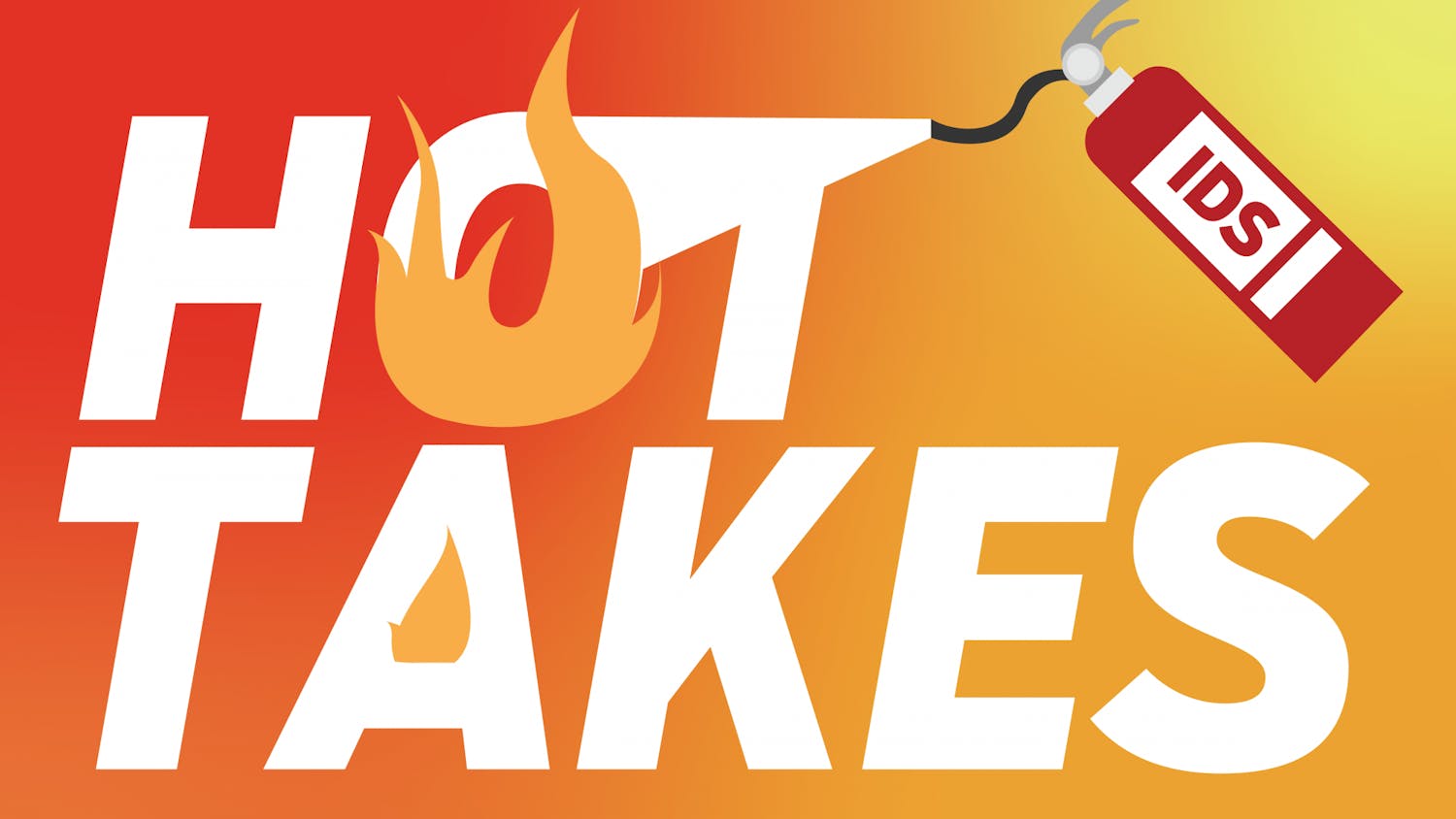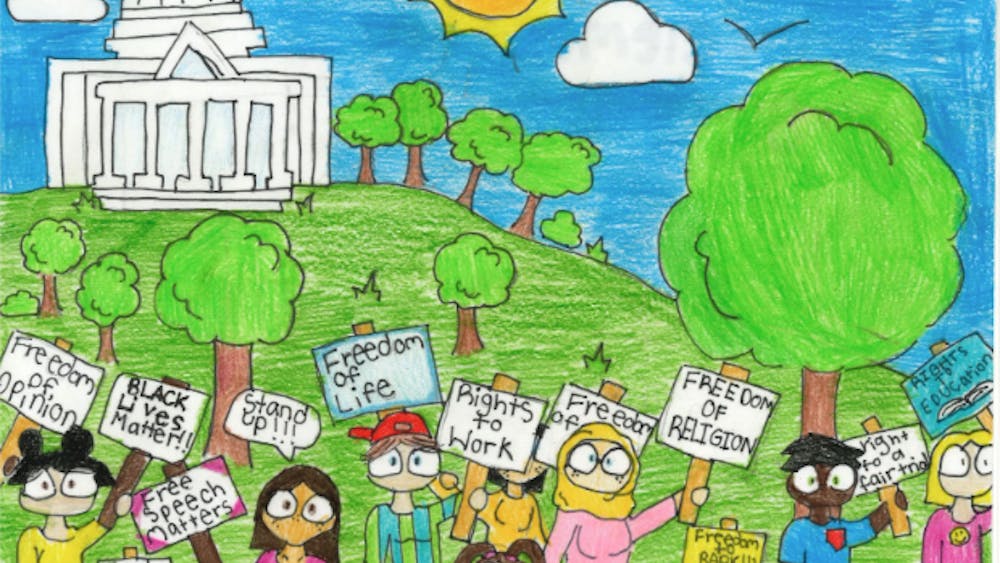WASHINGTON -- Consumer spending slowed in August from a sizzling July pace, and even with rising anxieties about a war with Iraq and further declines on Wall Street analysts said they believe there is plenty of demand to keep the economic recovery steaming ahead. \nThe Commerce Department reported that consumer spending, which accounts for two-thirds of total economic activity, rose by 0.3 percent in August after surging by 1 percent in July. \nMeanwhile, Americans' incomes rose by a solid 0.4 percent in August after showing no change in July. It was the fourth strong gain out of the past five months. \nAnalysts said the increases in both spending and incomes should ease concerns that the country could be flirting with a double-dip recession triggered by the recent renewed declines in stock prices and four straight months of declining consumer confidence. \nThe new report failed to provide comfort to battered Wall Street investors. The Dow Jones industrial average lost 109.52 points, or 1.4 percent, and closed Monday at 7,591.93 after having dropped 295 points on Friday. \nBut private economists said they believed the new report on spending and incomes reflect continued strength in the all-important consumer sector despite the weak stock market and rising worries about possible war with Iraq. \n"Zero interest rate financing deals for cars and other big purchases seem to be overcoming worries about a war with Iraq,'' said Richard Yamarone, chief economist at Argus Research in New York. \nOther economists noted that even though they expect the unemployment rate, which fell to 5.7 percent in August, to tick up to possibly 5.9 percent in September, that is still a low level of joblessness for a country coming out of a recession. \n"As long as job losses don't reappear, the income will be there to spend and people will continue to do just that,'' said Joel Naroff, head of Naroff Economic Advisors, a Holland, Pa., forecasting firm. "Households are spending as if there was nothing wrong with the world.'' \nThe overall U.S. economy, which was hit by the first recession in a decade last year, has been growing intermittently this year. Economic growth, as measured by the gross domestic product, rebounded at a sizzling 5 percent rate in the first three months of the year, only to slow to a 1.3 percent rate in the April-June quarter. \nMany economists said the consumer spending strength through August should guarantee that the gross domestic product will increase at a 4 percent rate or better in the just-ending third quarter but then slip back to around 2.5 percent growth in the fourth quarter. \nThe National Association for Business Economics, releasing the latest forecast by a panel of 32 of its members, said Monday it expected the economy would grow by 2.4 percent this year and 3.2 percent in 2003. While that represented slightly lower estimates than the last NABE forecast in May, the group said its forecasting panel saw little threat that the recovery would falter. \n"Economic growth may not be supercharged, but it is solidly positive,'' said Tim O'Neill, chief economist at Harris Bank in Chicago and incoming president of the group. \nThe forecasting panel gave low odds of a double-dip recession but said that Middle East turmoil continued to be the biggest downside risk for the expansion. \nMany economists have been scaling back their forecasts as corporations continue to struggle with weaker-than-expected profits and the stock market has resumed a downward slide. \nThe Federal Reserve passed up the chance to cut interest rates last week, leaving them at a 40-year low of 1.75 percent, but two Fed policy-makers dissented and said rates should be cut again, prompting some analysts to believe the Fed will reduce rates before the end of the year. \nThe 0.4 percent rise in Americans' incomes in August was right in line with analysts' expectations. Disposable incomes, the amount consumers have to spend after paying their taxes, rose by 0.4 percent in August, double the 0.2 percent gain in July. \nThe increase in disposable income and the slowdown in spending meant that Americans' savings rate edged up a bit to 3.6 percent in August compared with 3.5 percent in July. \nOn the spending side, the biggest gain occurred in demand for durable goods, a 1.4 percent increase, reflecting the sizzling car sales this summer as consumers responded to attractive zero interest financing offers and strong home sales. \nThe housing industry has been a bright spot for the economy as consumers responded to the lowest mortgage rates in decades. A national survey by the government-sponsored Federal Home Mortgage Corp. known as Freddie Mac reported that 30-year mortgage rates dipped to 5.99 percent last week, the lowest level in the more than three decades that the mortgage company has been doing its survey. \nSpending on nondurable goods was up 0.2 percent in August and spending on services, which includes rent payments, also rose by 0.2 percent.
Consumers spend less as war sparks anxiety
Personal income grows but Americans buying less as summer months wane
Get stories like this in your inbox
Subscribe





